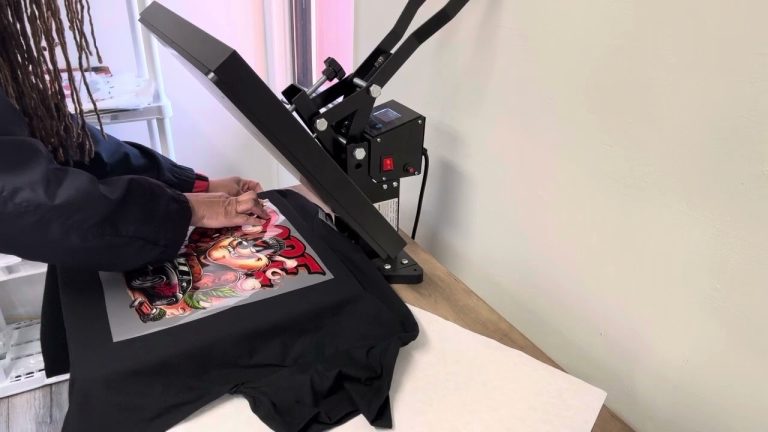In the field of custom apparel printing, two techniques have acquired substantial popularity: direct-to-film (DTF) transfers and direct-to-garment (DTG) printing. While both processes allow for colourful, high-quality designs, each has its particular benefits and disadvantages. Understanding the distinctions between dtf transfers can help you make an informed decision on which approach is ideal for your business or personal endeavors.
DTF Printing
Direct-to-film (DTF) printing is a procedure where graphics are printed onto a specific film, which is then transferred to fabric using heat and pressure. Unlike typical heat transfers, DTF offers improved durability, brilliant colors, and the ability to stick to a wide range of materials, including cotton, polyester, and mixes. This makes DTF transfers a viable alternative for personalized garment manufacture.
DTG Printing
Direct-to-garment (DTG) printing involves directly printing graphics onto the fabric using a specialized inkjet printer. It works similarly to how a standard printer works on paper but employs textile inks that bind with the fabric fibers. DTG is particularly known for delivering high-quality, full-color patterns on cotton-based textiles.

Durability and Quality
When it comes to durability, DTF transfers often beat DTG printing. DTF prints are highly resistant to washing, cracking, and peeling due to the usage of adhesive powder and heat pressing. Conversely, DTG prints can occasionally fade or break over time, particularly in cases when the garment isn’t cleaned following recommended guidelines.
Fabric Compatibility:
DTF transfers have one of the main benefits in their adaptability for many kinds of materials. DTF can be sprayed on polyester, cotton, nylon, and other synthetic textiles; DTG printing works best on cotton. If you are printing sportswear, active wear, or mixed-material clothing on a variety of textiles, DTF is the go-to choice.
Finance and Effectiveness
When deciding between DTF and DTG, one should give much thought to cost and efficiency. Since DTG doesn’t call for extra supplies like transfer films or adhesive powder, it may be the more affordable choice for smaller orders or one-off printing.
Setup and Ease of Use
Minimal setup is needed for DTG printing; however, there are certain limitations, particularly when printing on darker clothing, which can call for a white underbase to get brilliant colors. DTF transfers, on the other hand, call for more steps—printing the design on film, applying adhesive powder, and using a heat press—but their ability to operate on a wider range of materials offsets this extra process.
Based on your particular requirements, dtf transfers provide special benefits. When deciding, take into account your budget, the kind of clothes you will be working with, and the print quality you wish.
















